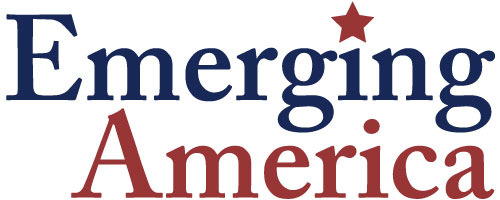Deformity and Disability in Ancient Greece
This lesson focuses on the study of deformities and disabilities in ancient Greece in relation to their societal norms. Students will compare the images of two Greek gods, Zeus and Hephaestus. They will read excerpts from three ancient Greek philosophers; Plato, Aristotle and Plutarch regarding people with disabilities as well as the myth explaining the birth of Hephaestus on Mount Olympus. Students will be able to analyze a variety of ancient sources to draw conclusions about society’s view of people with disabilities in ancient Greece.
